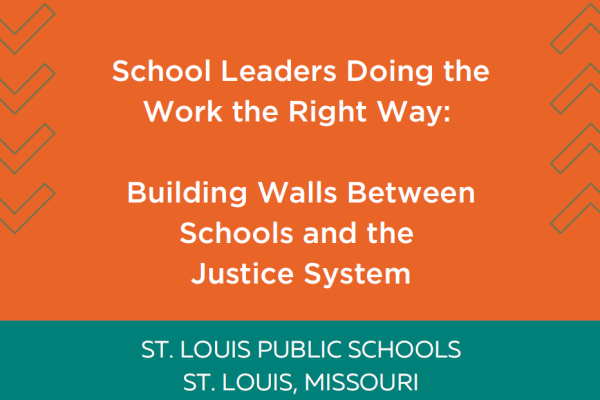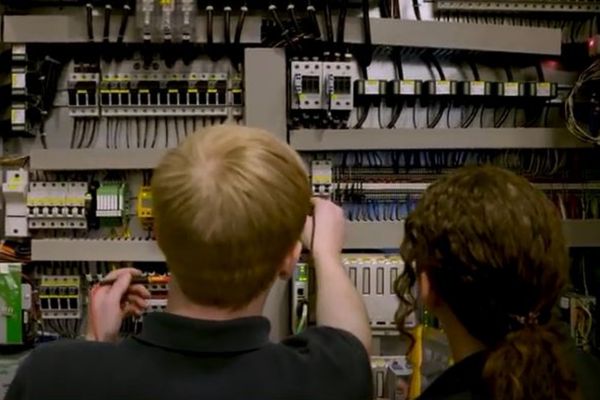Building Walls Between Schools and the Justice System District Profile: St. Louis Public Schools (Mo.)
May 10, 2023
 An update on policies to focus on restorative practices linked to infractions instead of suspensions.
An update on policies to focus on restorative practices linked to infractions instead of suspensions.
St. Louis Public Schools lost its accreditation in 2007 and had to make several changes to regain it (which it did in 2017).
A large change was made to the handbook to focus on restorative practices linked to infractions instead of suspensions. Over the past 10 years, the district stopped suspending students in Pre-K-2. Elementary and middle school students meet with social workers on restorative practices when needed. High school students work with counselors on restorative practices.
There are social workers and counselors, along with SEL curriculum in all schools. Crisis teams are available to assist as necessary and the district has strong relationships with community providers who are available to meet the needs of students that are beyond what can be provided in schools.
St. Louis Public Schools is an urban school district of 19,299 students. The district has a predominantly Black student population with 78% of students identifying as Black, while also being very diverse with 11% of students qualifying as English Language Learners (ELL). The student handbook is currently published in seven languages.
St. Louis has a high crime rate, including a high murder rate. This trickles down to schools and impacts students. Much of the violence is affected by statelevel policies, such as open carry gun laws. Poverty and gang activity are also issues of concern in the district.
Superintendent: Kelvin Adams (retired December 2022)
Number of Students: 19,299
Demographics: 78% Black; 0.38% American Indian; 3% Asian; 6% Hispanic; 13% White
District Type: Urban
Free And Reduced Meals Rate: CEP (Community Eligibility Program) district – all students eat breakfast and lunch for free
Additional Resources
With funding from the Annie E. Casey Foundation, AASA profiled five school districts that are building walls between schools and the justice system, engaging in restorative practices, working to eliminate bias and disproportionality, and providing all children with fair and equitable access to high-quality opportunities.
AASA sought districts that worked intentionally to reduced school-related juvenile justice interactions where the superintendent and school system played a key role in changes to limit youth interaction with law enforcement, school-based arrests, and juvenile justice.
Each district profiled noted the impact that Covid-19 had on their efforts. While time out of school due to the pandemic posed challenges for everyone, it also provided districts with opportunities to make bold moves, such as fully embracing Social, Emotional Learning (SEL) and eliminating SRO contracts.
Advertisement
Advertisement
Advertisement
Advertisement

.png?sfvrsn=93093b23_7)

